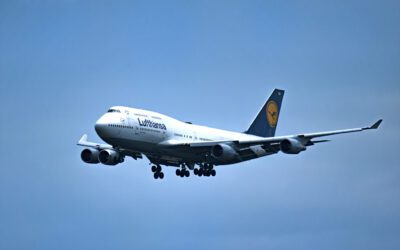“Elite status,” as one of my clients once observed, “means they treat you less badly.”
And as 2015 comes to a close, it’s time to find a way for airlines to treat you less badly. Are you ready?
By the way, if you don’t think airline loyalty programs are worth it, you can skip this post. But if you are still chasing miles, here are some important year-end tips.
1. Even if you think you’ve got plenty of miles to reach your anticipated level for 2016, double-check your statement. Check your upcoming bookings, too. If you’re a little short, there still might be time to make up the difference. And, it might well be worth an extra trip.
For example, with United, the difference between Gold and Silver premier status (50,000 and 25,000 miles per year respectively), is the difference between getting economy plus seating with extra legroom at time of booking, or having to wait until 24 hours in advance, if such seats are even still available.
For those who travel internationally, Gold status also allows free entry into airline clubs, which can be invaluable with long layovers. And the difference between 1k and Platinum (100,000 and 75,000 miles) is that 1k status gives you 6 free mileage “global” upgrades, whereas Platinum gives you zero.
2. Make sure you’ve been credited with all your miles. The most common issue, in my experience, is codeshare partners not crediting miles for flights, or crediting the wrong account. (British Airways flights, for example, can be credited to British Airways’ own “Executive Club,” or to American’s AAdvantage program.)
But airlines are completely capable of making mistakes with their own flights, too. A client recently flew United to Boston, and some airport error (which United never was able to explain) had him appear in the system as a no-show. We sorted it out with the airline eventually, fixed his ticket, and reinstated his return flight, but after a week, he still didn’t have mileage credit. This is after his administrative assistant had called specifically about the miles, and had been told by a phone agent that the credit would appear within 24 hours. Upon noticing later that there was no credit, I got another phone agent involved, and she managed to fix it.
3. Make sure that you have spent the minimum required for your goal status, as most airlines now require both miles and a certain number of dollars to achieve status. Now, if you’re way under the amount, it might not be worth it to book an expensive ticket solely to hit the target. But then again, if you are close, it might be worth paying a little more for a December trip.
4. Leaving status aside, if you have a lot of miles with a carrier you aren’t flying regularly, make sure that you have either flown or done something else to get some miles in the last year. Many programs have travelers forfeit all miles if they don’t keep their accounts active. (There are plenty of ways to get miles without traveling, including shopping or even just buying a minimum number of miles.)
All of this calculation can be done solo, although travel agents can be helpful both in tracing past tickets and in figuring itineraries to help make up necessary differences. Personally, I used to love to book the little commuter plane that ran from San Francisco to San Jose, a distance of about 40 miles. While that flight is gone, there are a number of routes to give you maximum miles for the buck.
But the important overall advice: Just keep an eye on your miles and status. With all the hassles of flying in the 21st century, if you’re going to jump though the mileage hoops, you at least want a soft landing.
Janice Hough is a California-based travel agent a travel blogger and a part-time comedy writer. A frequent flier herself, she’s been doing battle with airlines, hotels, and other travel companies for over three decades. Besides writing for Travelers United, Janice has a humor blog at Leftcoastsportsbabe.com (Warning, the political and sports humor therein does not represent the views of anyone but herself.)



